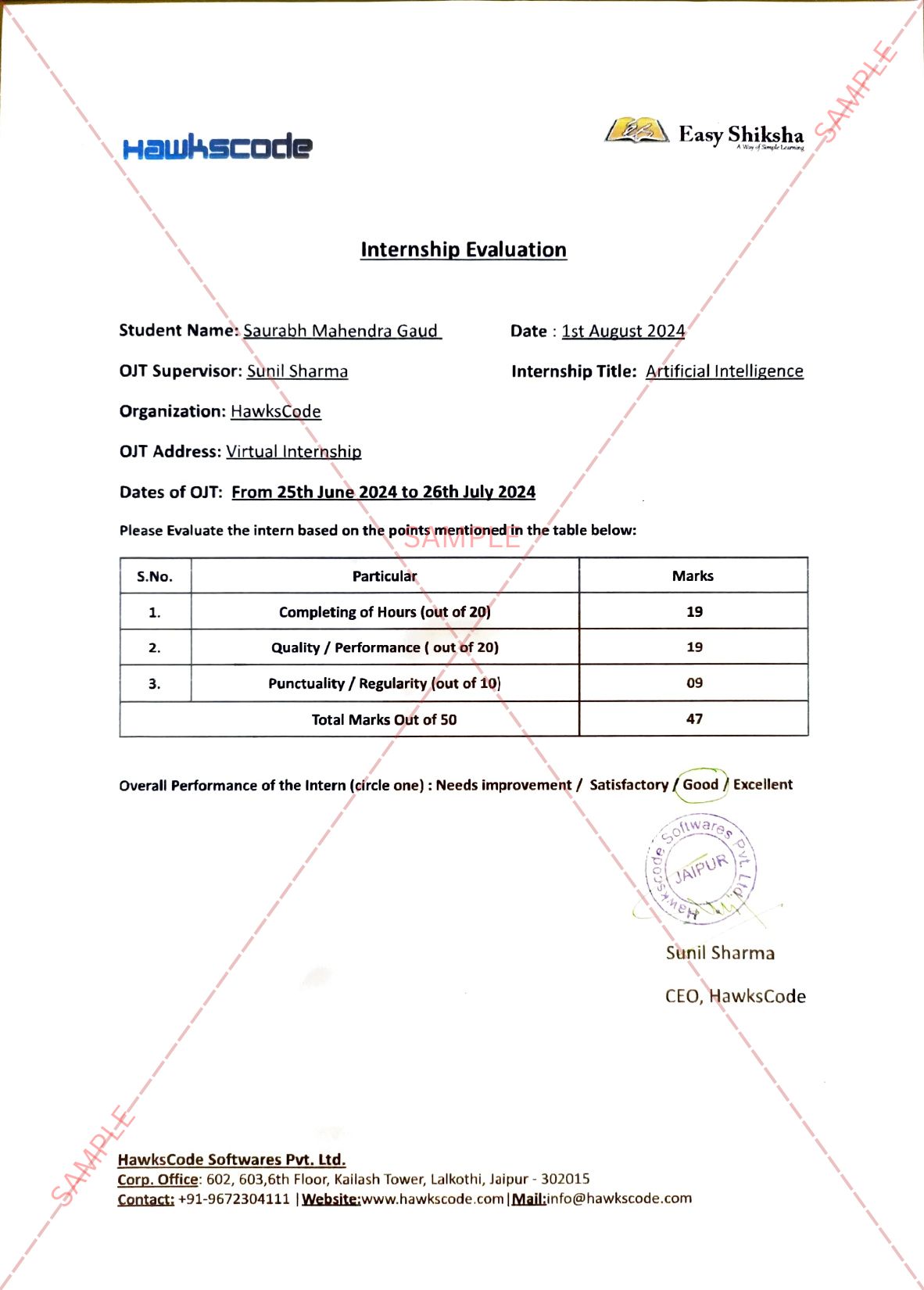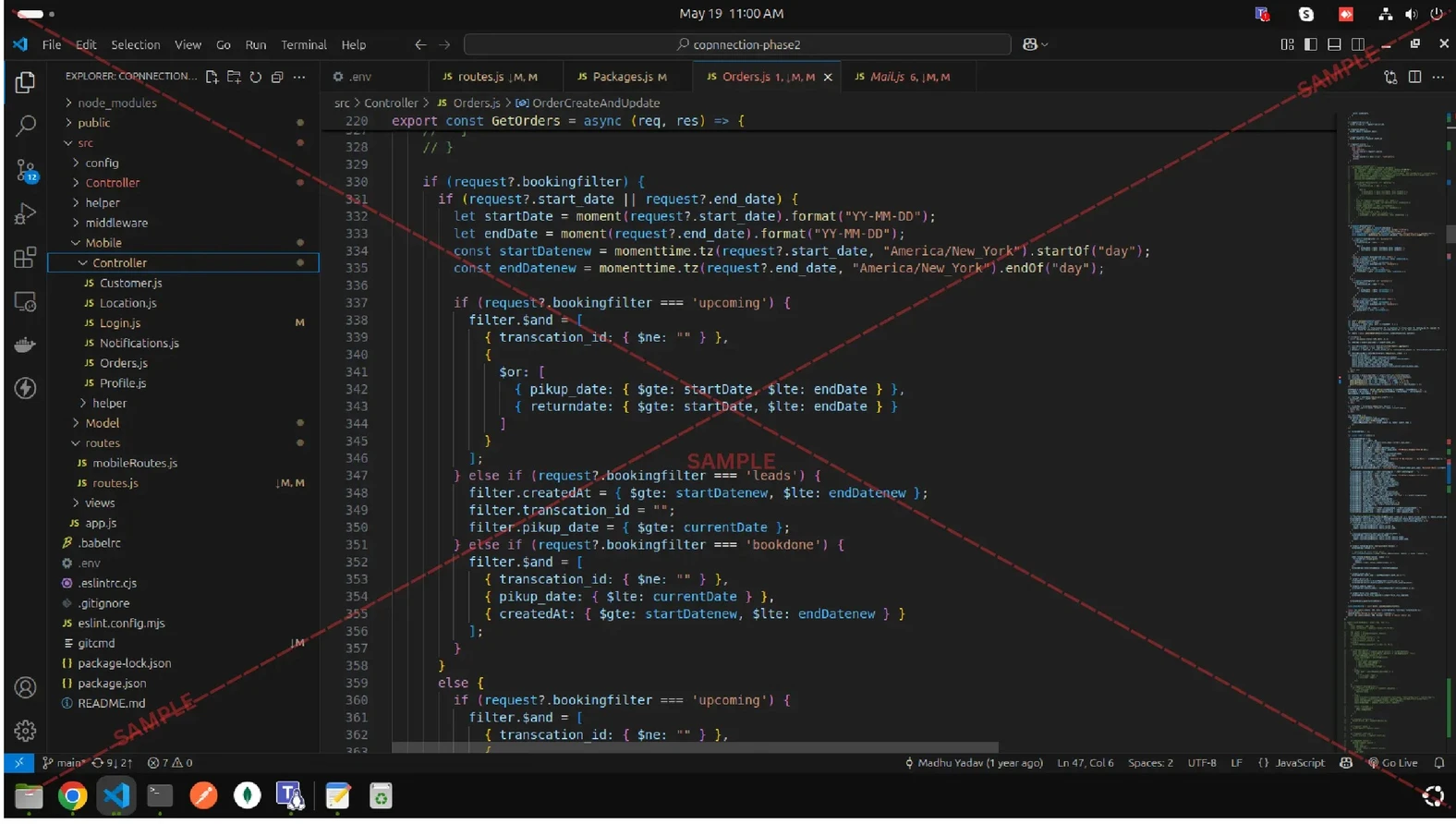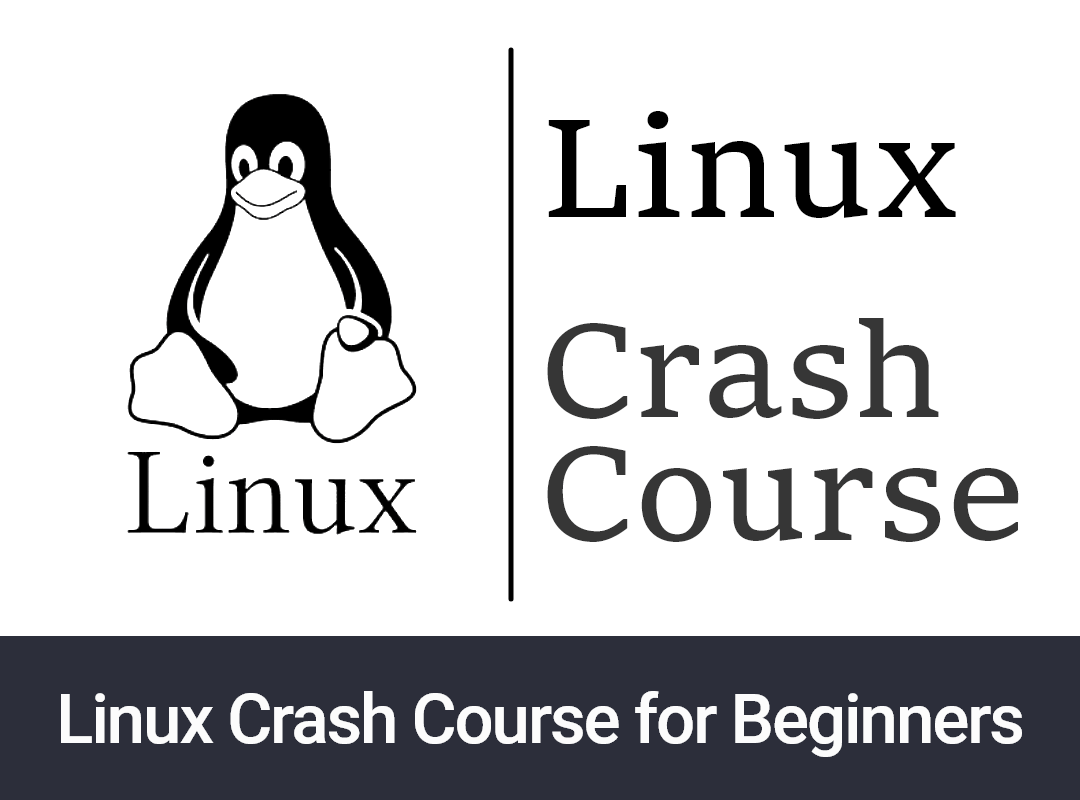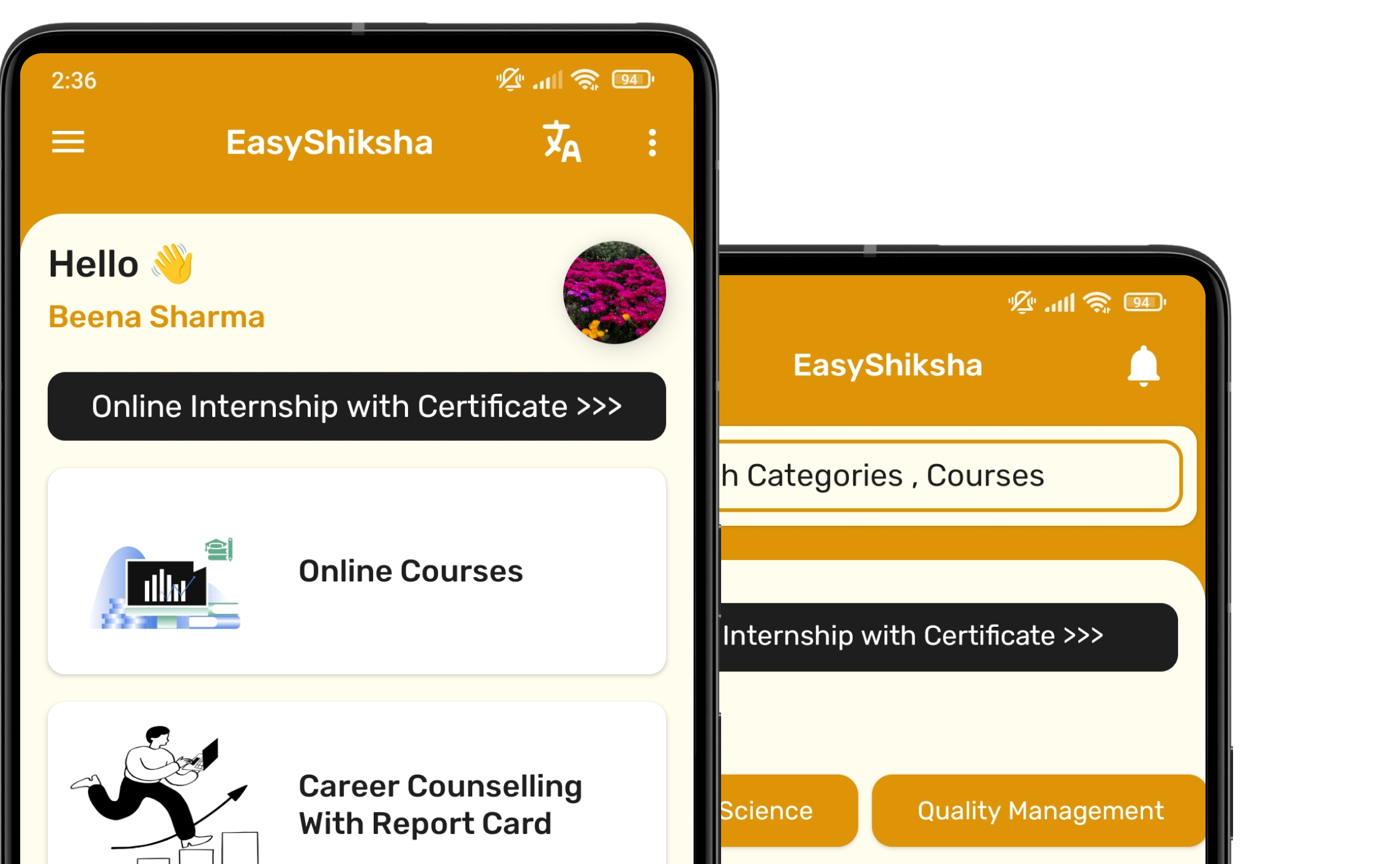Welcome to the Advanced Oracle PL/SQL course, where we will take your database development skills to the next level. This comprehensive training program is designed for experienced Oracle developers and database administrators seeking to optimize their PL/SQL code and create high-performance database applications.
Course Objectives:
Understanding PL/SQL Performance Factors: Gain in-depth knowledge of the key factors affecting PL/SQL performance, including database design, query optimization, and indexing techniques.
Proficient Coding Techniques: Learn advanced coding techniques to write efficient and scalable PL/SQL code. Explore best practices for looping, conditional statements, exception handling, and recursion.
Advanced SQL Optimization: Delve into the intricacies of SQL query optimization and learn how to leverage Oracle's query execution plans, hints, and optimizer statistics to improve query performance.
Performance Tuning: Discover the art of performance tuning in PL/SQL, including identifying performance bottlenecks, analyzing query execution plans, and optimizing database access.
Utilizing Oracle Database Features: Harness the full potential of Oracle's features, such as analytic functions, materialized views, and partitioning, to optimize data retrieval and processing.
Leveraging PL/SQL Collections: Understand the power of PL/SQL collections and their benefits in managing large datasets, and learn how to use associative arrays, nested tables, and VARRAYs effectively.
Bulk Processing Techniques: Explore bulk processing techniques to reduce context switches between PL/SQL and SQL engines, improving overall performance.
Performance-Oriented Application Design: Develop a performance-oriented mindset when designing PL/SQL applications, including handling large data sets, caching, and proper resource utilization.
Advanced Error Handling: Master the art of sophisticated error handling techniques to ensure data consistency and maintain the stability of the database.
Debugging and Profiling Tools: Learn how to use Oracle's built-in debugging and profiling tools to identify performance bottlenecks and optimize code efficiency.
Security and Scalability: Discuss best practices for securing your PL/SQL code and ensuring scalability for large-scale enterprise applications.
Real-world Performance Challenges: Tackle real-world performance challenges through hands-on exercises and case studies, applying the concepts learned throughout the course.
Prerequisites:
Participants are expected to have a strong understanding of Oracle PL/SQL fundamentals, including basic SQL queries, stored procedures, and functions. Prior experience with database development and administration will be beneficial.
Join us for this intensive Advanced Oracle PL/SQL course and equip yourself with the skills and knowledge required to master the art of high-performance database development in Oracle. Unlock the full potential of PL/SQL and optimize your applications for maximum efficiency and scalability.
Course Overview:
CHAPTER 10 Exceptions: Advanced Concepts
LAB 10.1 RAISE_APPLICATION_ERROR
10.1.1 Use RAISE_APPLICATION_ERROR
LAB 10.2 EXCEPTION_INIT Pragma
10.2.1 USE the EXCEPTION_INIT Pragma
LAB 10.3 SQLCODE and SQLERRM
10.3.1 Use SQLCODE and SQLERRM
CHAPTER 11 Introduction to Cursors
LAB 11.1 Cursor Manipulation
11.1.1 Make Use of Record Types
11.1.2 Process an Explicit Cursor
11.1.3 Make Use of Cursor Attributes
11.1.4 Put It All Together
LAB 11.2 Using Cursor FOR Loops and Nested Cursors
11.2.1 Use a Cursor FOR Loop
11.2.2 Process Nested Cursors
CHAPTER 12 Advanced Cursors
LAB 12.1 Using Parameters with Cursors and Complex Nested Cursors
12.1.1 Use Parameters in a Cursor
12.1.2 Use Complex Nested Cursors
LAB 12.2 FOR UPDATE and WHERE CURRENT Cursors
12.2.1 For UPDATE and WHERE CURRENT Cursors
CHAPTER 13 Triggers
LAB 13.1 What Triggers Are
13.1.1 Understand What a Trigger Is
13.1.2 Use BEFORE and AFTER Triggers
LAB 13.2 Types of Triggers
13.2.1 Use Row and Statement Triggers
13.2.2 Use INSTEAD OF Triggers
CHAPTER 14 Compound Triggers
LAB 14.1 Mutating Table Issues
14.1.1 Understand Mutating Tables
LAB 14.2 Compound Triggers
14.2.1 Understand Compound Triggers
CHAPTER 15 Collections
LAB 15.1 PL/SQL Tables
15.1.1 Use Associative Arrays
15.1.2 Use Nested Tables
LAB 15.2 Varrays
15.2.1 Use Varrays
LAB 15.3 Multilevel Collections
15.3.1 Use Multilevel Collections
CHAPTER 16 Records
LAB 16.1 Record Types
16.1.1 Use Table-Based and Cursor-Based Records
16.1.2 Use User-Defined Records
LAB 16.2 Nested Records
16.2.1 Use Nested Records
LAB 16.3 Collections of Records
16.3.1 Use Collections of Records
CHAPTER 17 Native Dynamic SQL
LAB 17.1 EXECUTE IMMEDIATE Statements
17.1.1 Use the EXECUTE IMMEDIATE Statement
LAB 17.2 OPEN-FOR, FETCH, and CLOSE Statements
17.2.1 Use OPEN-FOR, FETCH, and CLOSE Statements
CHAPTER 18 Bulk SQL
LAB 18.1 The FORALL Statement
18.1.1 Use the FORALL Statement
LAB 18.2 The BULK COLLECT Clause
18.2.1 Use the BULK COLLECT Statement
CHAPTER 19 Procedures
LAB 19.1 Creating Procedures
19.1.1 Create Procedures
19.1.2 Query the Data Dictionary for Information on Procedures
LAB 19.2 Passing Parameters into and out of Procedures
19.2.1 Use IN and OUT Parameters with Procedures
CHAPTER 20 Functions
LAB 20.1 Creating and Using Functions
20.1.1 Create Stored Functions
20.1.2 Make Use of Functions
20.1.3 Invoke Functions in SQL Statements
20.1.4 Write Complex Functions
CHAPTER 21 Packages
LAB 21.1 The Benefits of Using Packages
21.1.1 Create Package Specifications
21.1.2 Create Package Bodies
21.1.3 Call Stored Packages
21.1.4 Create Private Objects
21.1.5 Create Package Variables and Cursors
LAB 21.2 Cursor Variables
21.2.1 Make Use of Cursor Variables
LAB 21.3 Extending the Package
21.3.1 Extend the Package
CHAPTER 22 Stored Code
LAB 22.1 Gathering Information About Stored Code
22.1.1 Get Stored Code Information from the Data Dictionary
22.1.2 Enforce the Purity Level with the RESTRICT_REFERENCES Pragma
22.1.3 Overload Modules
CHAPTER 23 Object Types in Oracle
LAB 23.1 Object Types
23.1.1 Use Object Types
23.1.2 Use Object Types with Collections
LAB 23.2 Object Type Methods
23.2.1 Use Object Type Methods
CHAPTER 24 Oracle Supplied Packages
LAB 24.1 Making Use of Oracle Supplied Packages to Profile PL/SQL, Access Files, and Schedule Jobs
24.1.1 Access Files with UTL_FILE
24.1.2 Schedule Jobs with DBMS_JOB
24.1.3 Submit Jobs
LAB 24.2 Making Use of Oracle-Supplied Packages to Generate an Explain Plan and Create HTML Pages
24.2.1 Generate an Explain Plan with DBMS_XPLAN
LAB 24.3 Creating Web Pages with the Oracle Web Toolkit
24.3.1 Create an HTML Page with the Oracle Web Toolkit






























































Himagirisiddesh.M
-
13 Feb 2025This course is an excellent resource for database professionals aiming to elevate their Oracle PL/SQL skills. It focuses on advanced techniques, performance optimization, and best practices for building efficient
Sanju Satish
-
05 Nov 2024Excellent course for mastering advanced PL/SQL techniques